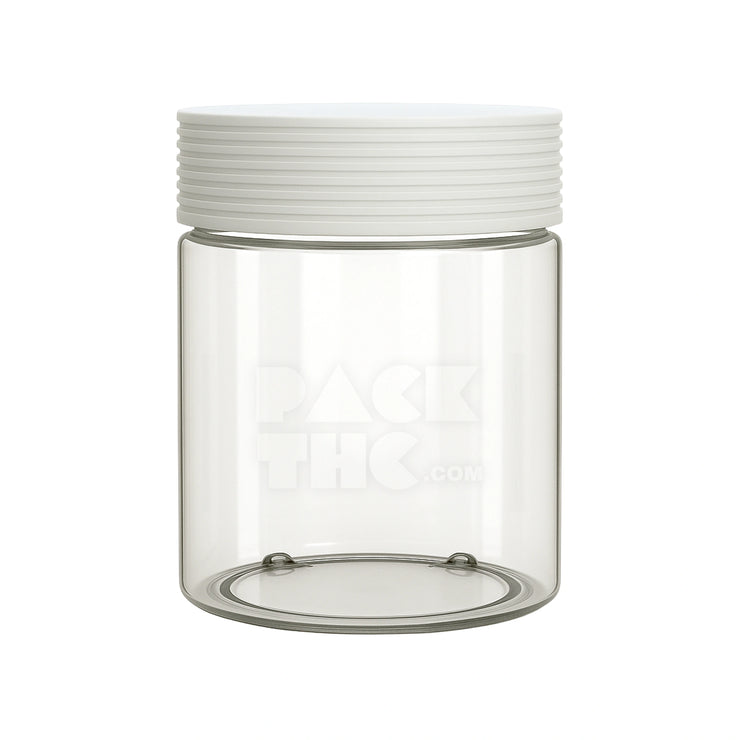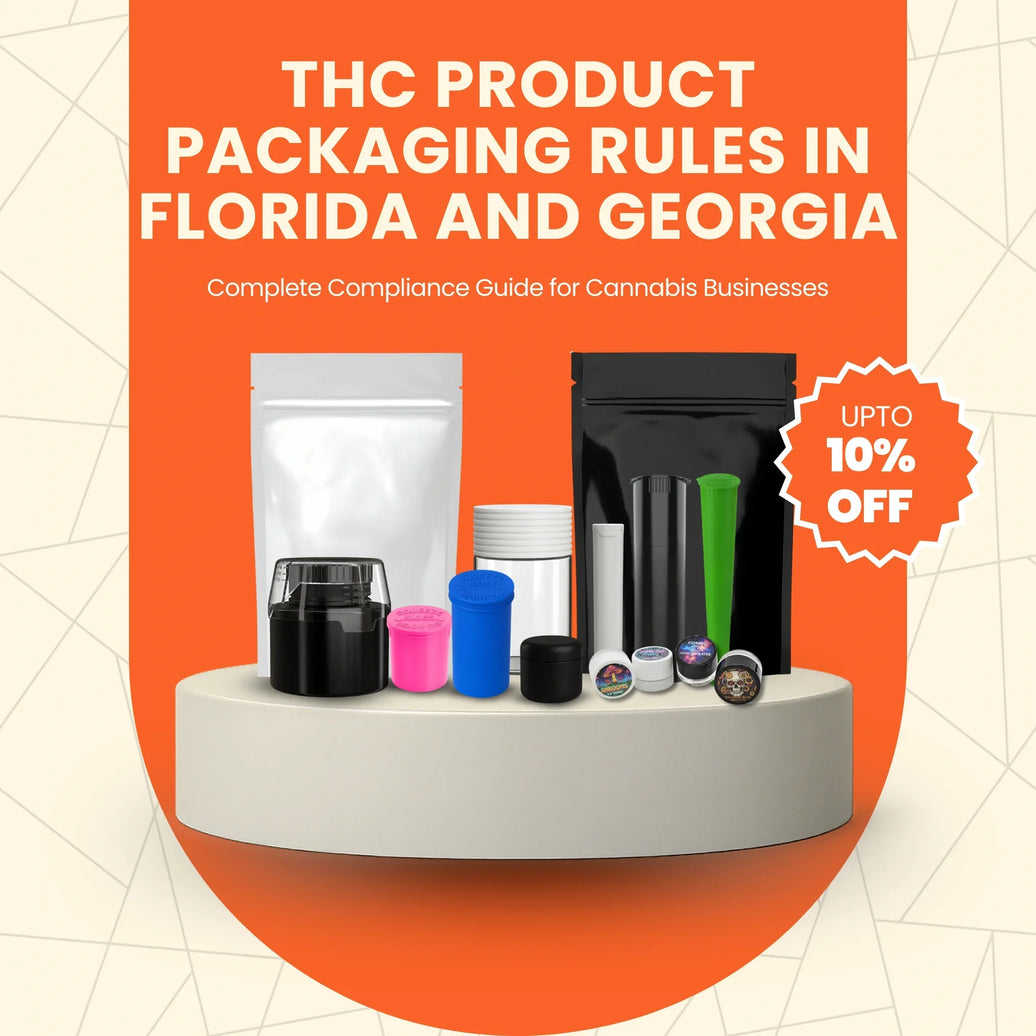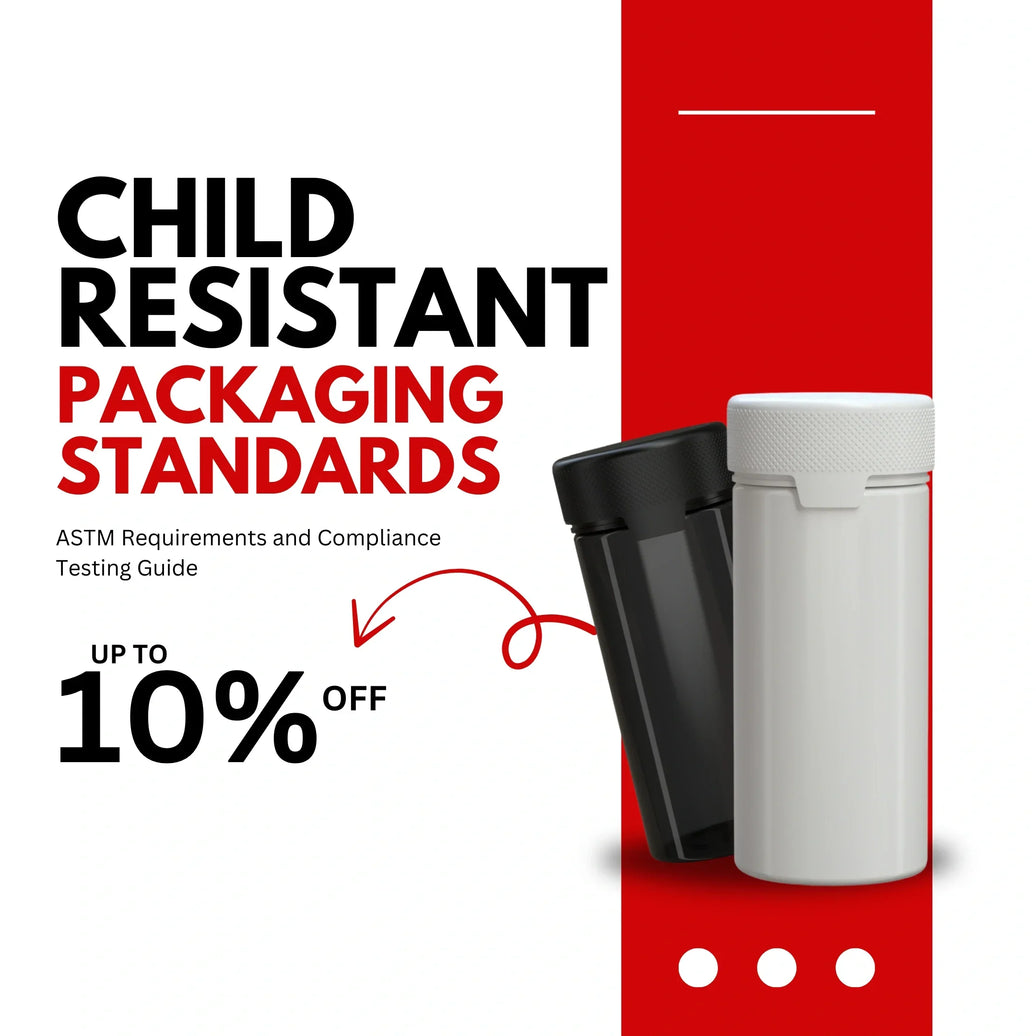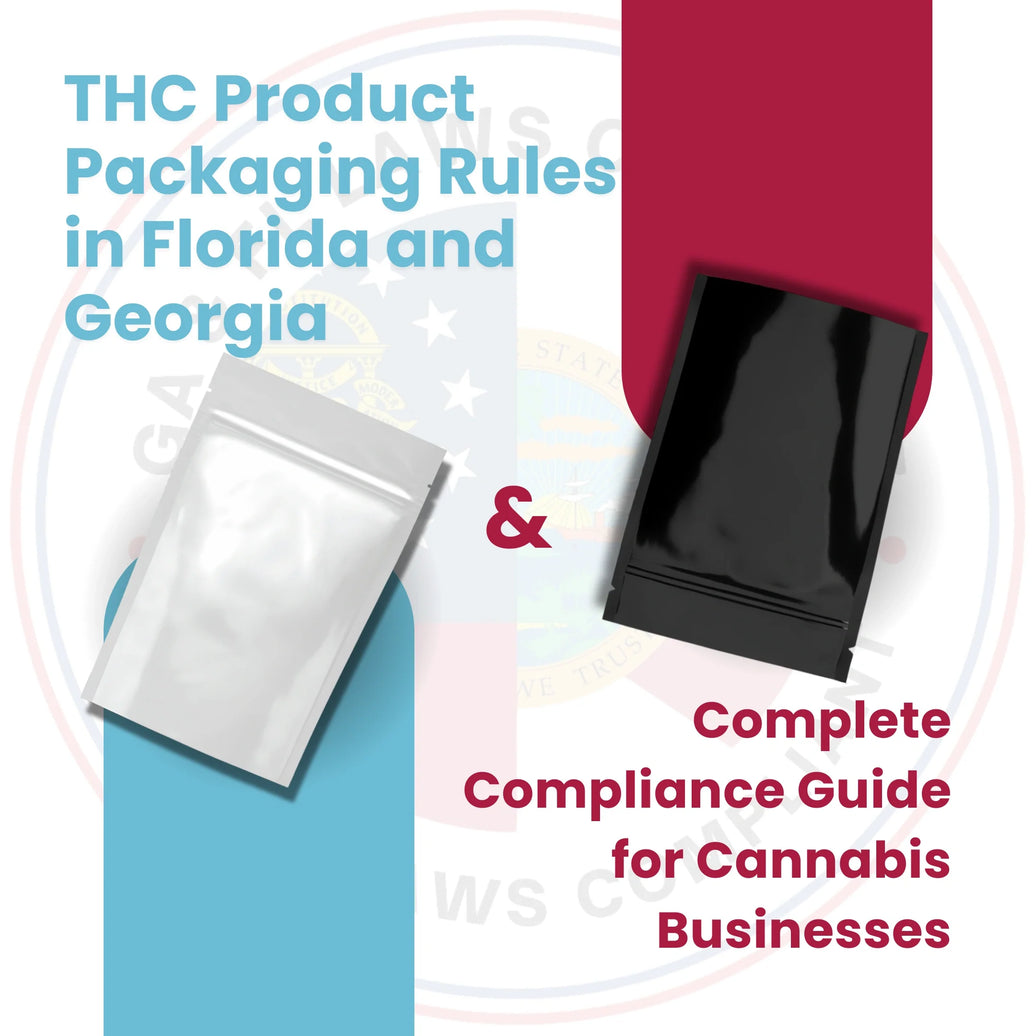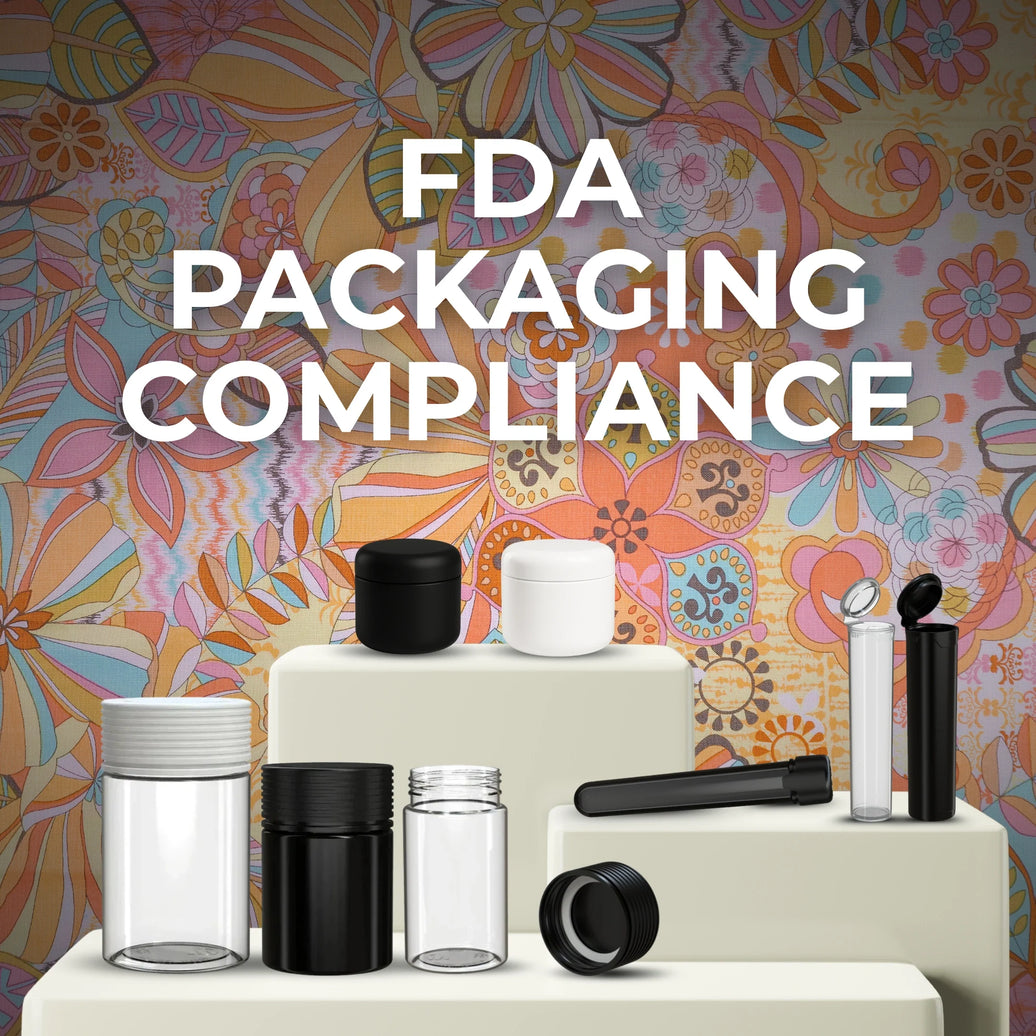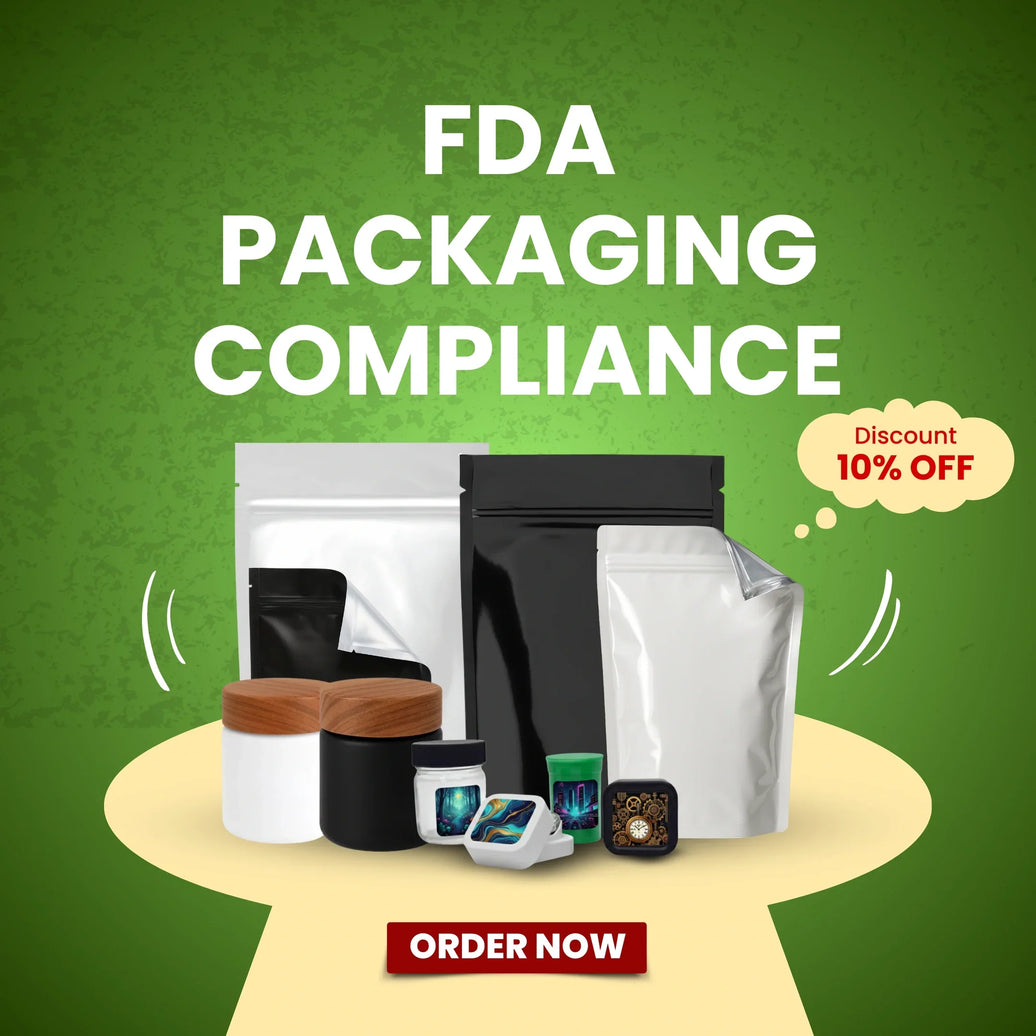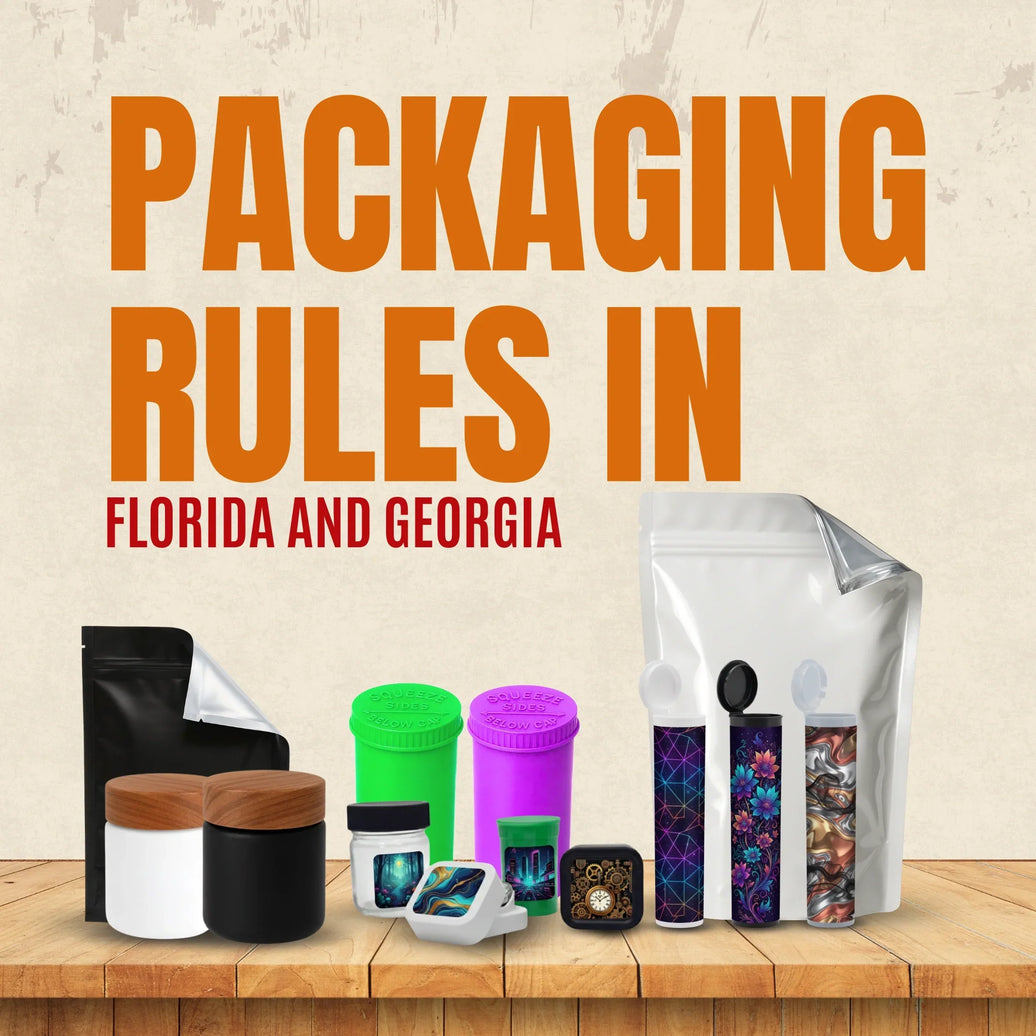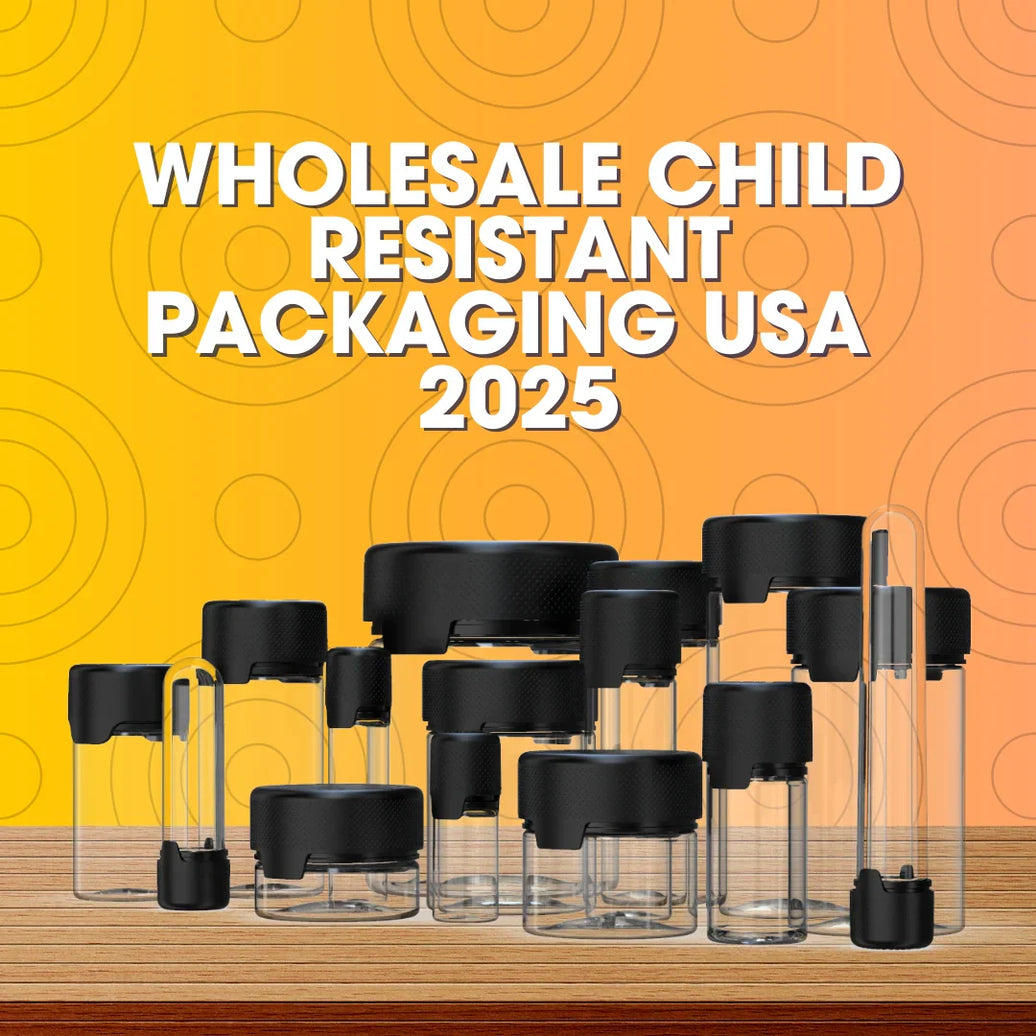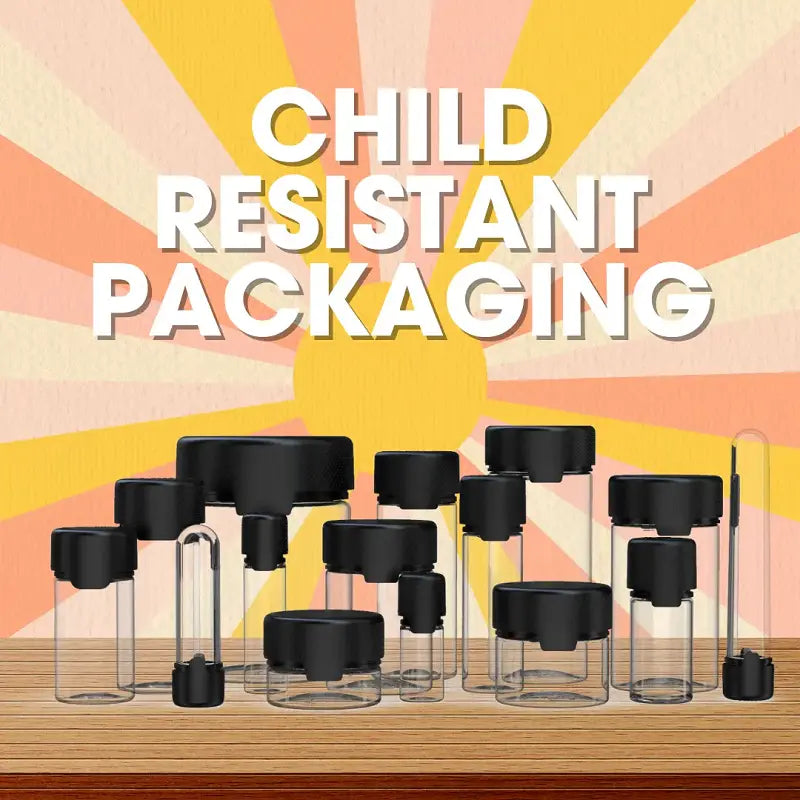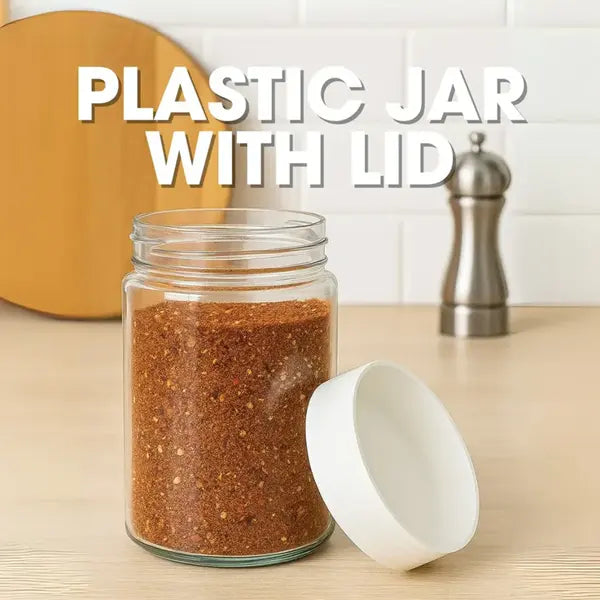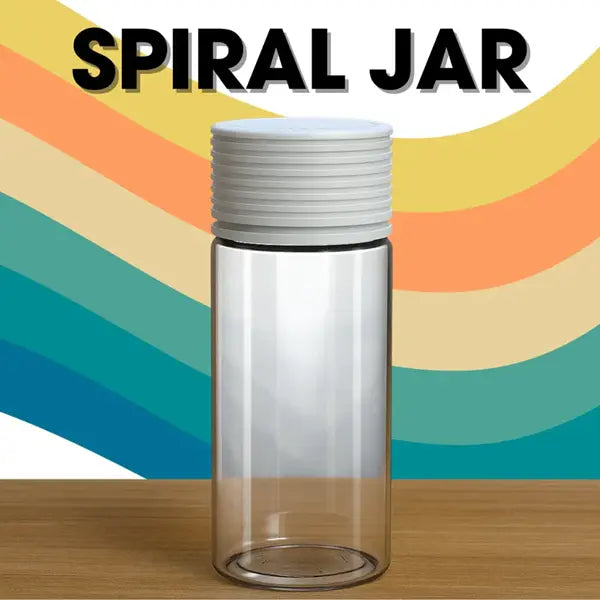Child-resistant packaging represents one of the most critical safety requirements across multiple industries, from pharmaceuticals and cannabis to household chemicals and personal care products. Understanding ASTM standards, testing protocols, and compliance requirements is essential for manufacturers seeking to protect children while maintaining product accessibility for adult users.
Understanding Child-Resistant Packaging Fundamentals
Legislative Background and Authority
The Poison Prevention Packaging Act of 1970 established the federal framework for child-resistant packaging in the United States, granting the Consumer Product Safety Commission authority to mandate child-resistant packaging for household substances that pose risks to children. This landmark legislation has prevented thousands of childhood poisoning incidents over the past five decades.
The Act defines child-resistant packaging as packaging that is significantly difficult for children under five years of age to open within a reasonable time, while not being difficult for normal adults to use properly. This dual requirement creates unique engineering challenges that must balance safety with functionality.
State regulations often build upon federal requirements, with cannabis laws in states like Florida and Georgia requiring compliance with ASTM D 3475-20 standards for THC products. These state-specific requirements demonstrate how child-resistant packaging standards continue to evolve as new product categories enter regulated markets.
ASTM International Standards Framework
ASTM International maintains the primary technical standards for child-resistant packaging testing, with ASTM D 3475-20 serving as the current standard specification for child-resistant packaging. This standard establishes detailed testing protocols, performance criteria, and documentation requirements that manufacturers must follow.
The ASTM approach emphasizes standardized testing conditions using specific child and adult test populations under controlled laboratory conditions. These protocols ensure consistent results across different testing facilities while providing objective measures of packaging performance.
Regular updates to ASTM standards reflect evolving understanding of child development, packaging technology advances, and practical experience from years of testing various package types. Manufacturers must stay current with the most recent standard versions to ensure ongoing compliance.
ASTM D 3475-20 Testing Requirements
Child Testing Protocols
Child testing represents the most critical component of child-resistant packaging evaluation, requiring carefully controlled studies with children aged 42 to 51 months. This age range represents the peak period for childhood poisoning incidents while providing children with sufficient motor skills to participate in testing protocols.
Testing procedures require children to attempt package opening during two separate five-minute periods, with a brief demonstration of proper opening technique between attempts. The demonstration must be carefully controlled to provide necessary information without making the task too easy for participating children.
Statistical requirements specify that packages must prevent opening by at least 85% of child test subjects to meet child-resistant standards. This high threshold recognizes that even small percentages of children who can open packages represent significant safety risks given the potential consequences of exposure.
Sample sizes for child testing typically require 200 subjects to provide statistically significant results, though smaller samples may be acceptable for certain package types or when supported by additional safety data. Testing facilities must maintain strict protocols for child recruitment, testing conditions, and safety oversight.
Adult Accessibility Testing
Adult testing ensures that child-resistant packages remain accessible to the intended adult users, including elderly individuals who may have limited dexterity or strength. This testing typically involves adults aged 50 to 70, representing age groups that may face challenges with complex closure systems.
Testing protocols require adults to open and properly reclose packages during timed testing sessions, with specific performance criteria for both opening and reclosing functions. Packages that cannot be opened by at least 90% of adult test subjects fail to meet accessibility requirements.
Senior adult testing may include additional evaluations with adults over 70 years of age, particularly for products frequently used by elderly consumers. These additional tests help ensure that child-resistant features do not create inappropriate barriers for legitimate users.
Written instructions may be provided during adult testing to simulate real-world usage conditions where consumers have access to product labeling and instruction materials. However, package design should minimize reliance on complex instructions for basic opening and closing functions.
Testing Environment and Conditions
Laboratory testing conditions must be carefully controlled to ensure reproducible results and eliminate variables that might affect package performance. Temperature, humidity, and lighting conditions are standardized to provide consistent testing environments across different facilities.
Test subjects receive standardized instructions and participate in brief familiarization procedures to ensure they understand the testing process without providing excessive guidance about package operation. These procedures help distinguish between packaging difficulty and testing confusion.
Package conditioning prior to testing may include exposure to various environmental conditions that simulate storage and distribution stresses. This conditioning helps ensure that packages maintain child-resistant properties throughout their intended service life.
Documentation requirements for testing include detailed protocols, subject demographic information, environmental conditions, and comprehensive results analysis. This documentation supports regulatory submissions while providing evidence of compliance with applicable standards.
Product Category-Specific Requirements
Pharmaceutical Applications
Prescription medications face some of the strictest child-resistant packaging requirements due to the serious health risks associated with accidental pediatric exposure. Most prescription drugs must use child-resistant packaging unless specifically exempted or when patients request non-child-resistant alternatives.
Over-the-counter medications including pain relievers, vitamins, and cough medicines often require child-resistant packaging based on active ingredient concentrations and potential toxicity. The Consumer Product Safety Commission maintains specific lists of products requiring child-resistant packaging.
Unit-dose packaging systems for pharmaceuticals must meet child-resistant requirements while maintaining product integrity and supporting accurate dosing. Blister packs, strip packs, and other unit-dose formats face unique testing requirements that address both individual unit access and overall package integrity.
Specialty pharmaceutical products including controlled substances face additional requirements that may exceed basic child-resistant standards. These requirements often include tamper-evident features and enhanced security measures beyond standard child-resistance.
Cannabis and Hemp Products
Cannabis packaging represents one of the fastest-growing applications for child-resistant packaging, with states like Florida requiring compliance with ASTM D 3475-20 for hemp-derived THC products. These requirements reflect serious concerns about accidental pediatric exposure to psychoactive substances.
Edible cannabis products face particular scrutiny due to their resemblance to conventional candy and food items that might attract children. Child-resistant packaging for edibles must prevent access while maintaining product freshness and preventing contamination.
Vaping products and cartridges require specialized child-resistant designs that accommodate unique product shapes and usage patterns. These packages must prevent access to both the device and any consumable components while supporting normal adult use.
Cannabis flower products need child-resistant containers that maintain product quality while preventing access and minimizing odor escape. These containers often feature complex mechanical closures that require specific manipulation sequences to open.
Industry leaders like PackTHC.com specialize in developing high-quality child-resistant packaging solutions specifically designed for cannabis applications, ensuring compliance with evolving state requirements while maintaining product integrity and user accessibility.
Household Chemical Products
Cleaning products, pesticides, and other household chemicals represent traditional applications for child-resistant packaging, with many products requiring such packaging under the original Poison Prevention Packaging Act. These requirements continue to evolve as new chemical products enter consumer markets.
Liquid products face unique challenges in child-resistant packaging design, requiring closures that prevent both access and spillage while maintaining functionality throughout repeated use cycles. Pump dispensers, pour spouts, and trigger sprayers must integrate child-resistant features without compromising performance.
Concentrated products or those with particularly high toxicity may require enhanced child-resistant features beyond basic ASTM standards. These requirements often include additional safety measures such as dilution requirements or specialized application tools.
Aerosol products present special challenges for child-resistant packaging due to the pressurized nature of the product and the need for specialized dispensing mechanisms. Child-resistant caps for aerosols must prevent both valve access and accidental discharge.
Design Considerations and Engineering Challenges
Mechanical Closure Systems
Push-and-turn closures represent one of the most common child-resistant mechanisms, requiring simultaneous downward pressure and rotational motion that young children typically cannot coordinate effectively. These closures must maintain consistent performance through hundreds of opening and closing cycles.
Squeeze-and-turn mechanisms require specific grip strength and hand coordination that most young children have not developed. Design parameters must carefully balance the force requirements to prevent child access while remaining manageable for elderly adults with limited hand strength.
Multi-step opening procedures can provide effective child resistance while maintaining adult accessibility when properly designed. However, overly complex sequences may frustrate adult users and potentially compromise compliance with accessibility requirements.
Locking tab systems require specific finger placement and manipulation techniques that rely on adult motor skills and problem-solving abilities. These systems often provide excellent child resistance while maintaining relatively simple adult operation.
Material Selection and Durability
Packaging materials must maintain child-resistant properties throughout the product's intended shelf life while withstanding normal handling stresses during distribution and storage. Material degradation that affects closure performance can compromise safety over time.
Chemical compatibility between packaging materials and product contents requires careful evaluation to prevent material degradation that might affect child-resistant performance. Some products may require barrier layers or specialized materials to maintain package integrity.
Temperature stability of child-resistant mechanisms must accommodate storage and usage conditions ranging from freezing to elevated temperatures. Mechanical properties that affect closure operation should remain stable across this temperature range.
Impact resistance and drop testing help ensure that child-resistant features remain functional after packages experience normal distribution stresses. Damaged packages that no longer provide child resistance create serious safety risks.
Ergonomic Considerations
Adult accessibility requirements must consider the needs of elderly users, individuals with arthritis or other dexterity limitations, and people with various physical disabilities. Universal design principles can help create packages that work effectively for diverse user populations.
Visual cues including color coding, symbols, and texture differences help adult users understand proper opening procedures while potentially making packages more challenging for children who may not recognize these cues.
Size and shape considerations affect both child resistance and adult accessibility, with larger packages often being more difficult for small children to manipulate while potentially being easier for adults with limited grip strength.
Instruction clarity becomes critical for packages with complex opening procedures, requiring clear visual and written instructions that adult users can easily understand and follow.
Testing Facility Requirements and Accreditation
Laboratory Certification Standards
Testing facilities must meet specific accreditation requirements to provide ASTM-compliant child-resistant packaging testing. These requirements include personnel qualifications, equipment calibration, and quality management systems that ensure consistent, reliable results.
ISO/IEC 17025 accreditation provides the framework for testing laboratory competence, covering technical requirements, management systems, and continuous improvement processes. This accreditation helps ensure that testing results are accurate and reproducible.
Regular proficiency testing and inter-laboratory comparisons help maintain testing quality while identifying potential issues with testing procedures or equipment. These programs provide ongoing verification of laboratory competence and result reliability.
Personnel training requirements ensure that testing staff understand child development, safety protocols, and proper testing procedures. Specialized training in working with child test subjects requires particular attention to safety and ethical considerations.
Quality Control Procedures
Statistical process control techniques help testing laboratories maintain consistent results while identifying trending problems that might affect test outcomes. Control charts and capability studies provide objective measures of testing process performance.
Equipment calibration and maintenance programs ensure that testing apparatus performs consistently throughout extended use periods. Regular calibration of timing devices, force gauges, and environmental controls helps maintain testing accuracy.
Sample handling procedures must ensure that test packages represent production quality and have not been altered or damaged prior to testing. Chain of custody documentation provides traceability from manufacturing through testing completion.
Data integrity systems protect testing results from alteration while providing secure storage and retrieval capabilities. These systems often include electronic signatures and audit trails that support regulatory submissions.
Regulatory Compliance and Documentation
Submission Requirements
Regulatory submissions for child-resistant packaging typically require comprehensive testing reports, statistical analyses, and detailed package descriptions. These submissions must demonstrate compliance with applicable standards while providing sufficient detail for regulatory review.
Certificate of compliance documentation provides formal attestation that packages meet child-resistant requirements based on appropriate testing. These certificates often require specific language and must be signed by qualified personnel.
Ongoing compliance monitoring may require periodic retesting or quality audits to verify that production packages continue to meet child-resistant standards. Changes to package design, materials, or manufacturing processes may trigger retesting requirements.
International compliance considerations become important for companies operating in multiple markets, as different countries may have varying child-resistant packaging requirements or recognition of ASTM testing results.
Record Keeping Requirements
Testing documentation must be retained for specific periods as required by applicable regulations, typically ranging from three to seven years depending on the product category and jurisdiction. Electronic record systems must include appropriate backup and security measures.
Manufacturing records linking tested package designs to production specifications help ensure that commercial packages match the tested configurations. Changes to materials, dimensions, or manufacturing processes must be evaluated for their potential impact on child-resistant performance.
Complaint and incident tracking systems help identify potential problems with child-resistant packaging performance in real-world use conditions. These systems provide early warning of potential issues while supporting continuous improvement efforts.
Audit trail documentation demonstrates the chain of evidence from testing through commercial production, supporting regulatory compliance while providing protection during enforcement actions or liability proceedings.
Cost-Benefit Analysis and Business Considerations
Investment Requirements
Child-resistant packaging typically increases material and tooling costs compared to conventional packaging, with the premium varying significantly based on package type, volume, and complexity. These costs must be balanced against liability reduction and regulatory compliance benefits.
Testing costs including ASTM compliance testing, ongoing quality monitoring, and potential retesting for design changes represent significant investments that must be planned into product development budgets. Testing costs typically range from tens of thousands to over $100,000 for comprehensive programs.
Manufacturing complexity often increases with child-resistant packaging due to additional assembly steps, quality control requirements, and potential yield impacts from more complex closure systems. These factors must be considered in production planning and cost analysis.
Supply chain considerations including specialized suppliers, longer lead times, and minimum order quantities may affect inventory management and cash flow requirements for companies implementing child-resistant packaging.
Market Advantages
Consumer confidence benefits from child-resistant packaging often extend beyond regulatory compliance to include enhanced brand perception and reduced liability exposure. Parents particularly value brands that demonstrate commitment to child safety through packaging design.
Competitive differentiation may result from superior child-resistant packaging designs that provide better user experience while maintaining safety performance. Companies that excel in this area often gain market advantages in safety-conscious consumer segments.
Regulatory compliance advantages include reduced enforcement risk, faster product approvals, and enhanced relationships with regulatory agencies. Companies with strong compliance records often receive more favorable treatment during regulatory interactions.
Insurance benefits may include reduced product liability premiums and coverage advantages for companies that demonstrate strong commitment to child safety through comprehensive packaging programs.
Future Developments and Industry Trends
Technology Integration
Smart packaging technologies including NFC tags and QR codes can provide additional safety features while supporting child-resistant functionality. These technologies might provide access control, usage tracking, or educational content that enhances safety beyond physical child resistance.
3D printing and additive manufacturing technologies enable rapid prototyping and testing of child-resistant closure designs, potentially reducing development time and costs while enabling more innovative solutions.
Artificial intelligence applications in package testing could help optimize closure designs while reducing the need for extensive human testing. Machine learning algorithms might predict child-resistant performance based on design parameters and historical testing data.
Biometric access control represents an emerging technology that could provide ultimate child resistance while maintaining convenient adult access. However, cost and complexity considerations currently limit practical applications.
Regulatory Evolution
International harmonization efforts continue to align child-resistant packaging standards across different countries, potentially simplifying compliance for global manufacturers while maintaining high safety standards.
Performance-based regulations that focus on safety outcomes rather than specific design requirements may provide greater flexibility for innovative packaging solutions while maintaining child protection objectives.
Environmental considerations are increasingly influencing child-resistant packaging requirements, with regulators seeking solutions that balance child safety with sustainability objectives.
Digital documentation and electronic submissions are becoming standard for regulatory compliance, potentially reducing administrative burden while improving data accessibility for regulatory agencies.
Global Market Considerations
International Standards
Different countries maintain varying approaches to child-resistant packaging, with some following ASTM standards while others use ISO, CEN, or national standards. Companies planning global distribution must understand and comply with relevant standards in each target market.
Mutual recognition agreements between countries can simplify compliance by allowing testing results from one jurisdiction to be accepted in others. However, these agreements often have specific limitations and requirements that must be carefully understood.
Cultural considerations may affect child-resistant packaging design and testing approaches, as child development patterns and adult capabilities may vary across different populations. Local testing may be required to ensure packaging effectiveness in specific markets.
Language requirements for packaging instructions and labeling may affect the usability of child-resistant packages in international markets. Clear visual cues become particularly important when language barriers exist.
Quality Assurance and Continuous Improvement
Manufacturing Quality Control
Production monitoring systems must verify that manufactured packages continue to meet child-resistant performance standards established during testing. Statistical sampling plans help ensure adequate quality control while managing testing costs.
Supplier quality management becomes critical when child-resistant components are sourced from multiple vendors or manufactured in different facilities. Comprehensive supplier qualification and ongoing auditing help maintain consistent quality.
Process validation studies demonstrate that manufacturing processes consistently produce packages meeting child-resistant requirements. These studies often require statistical analysis of production samples over extended periods.
Corrective action procedures address quality deviations that might affect child-resistant performance, including root cause analysis and verification of corrective effectiveness.
Performance Monitoring
Field performance tracking through customer feedback, incident reports, and return analysis provides real-world data about child-resistant packaging effectiveness. This information supplements laboratory testing with practical usage insights.
Aging studies evaluate how child-resistant performance changes over time due to environmental exposure, repeated use, or material degradation. These studies help establish appropriate shelf life limits and storage recommendations.
Comparative analysis of different package designs and materials helps identify optimization opportunities while building institutional knowledge about effective child-resistant design approaches.
Benchmarking against competitor products and industry best practices provides context for performance evaluation while identifying potential improvement opportunities.
Conclusion
Child-resistant packaging represents a critical safety requirement that demands sophisticated understanding of ASTM standards, testing protocols, and regulatory requirements. Success requires balancing child safety objectives with adult accessibility needs while managing cost considerations and manufacturing complexity.
Companies that excel in child-resistant packaging often discover that these investments provide competitive advantages beyond regulatory compliance, including enhanced consumer confidence, reduced liability exposure, and improved market positioning. Working with experienced suppliers like PackTHC.com that understand the intricacies of child-resistant design and testing can significantly improve the likelihood of successful implementation.
As regulations continue to evolve and new product categories face child-resistant requirements, the companies best positioned for success will be those that view child safety as a core design criterion rather than a compliance afterthought. By investing in comprehensive understanding of requirements, robust testing programs, and continuous improvement processes, manufacturers can create packaging solutions that effectively protect children while serving their intended users and supporting business objectives.

